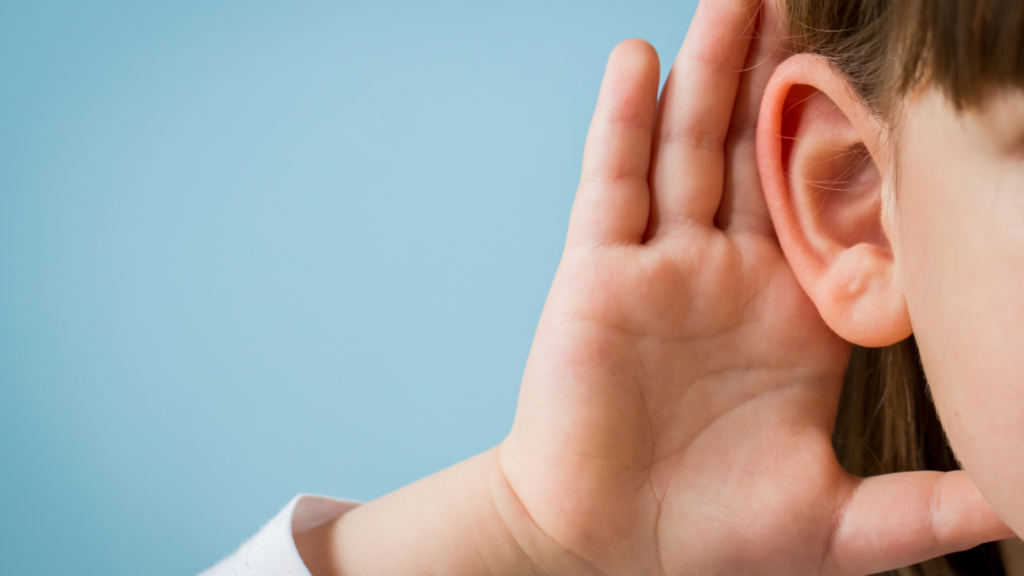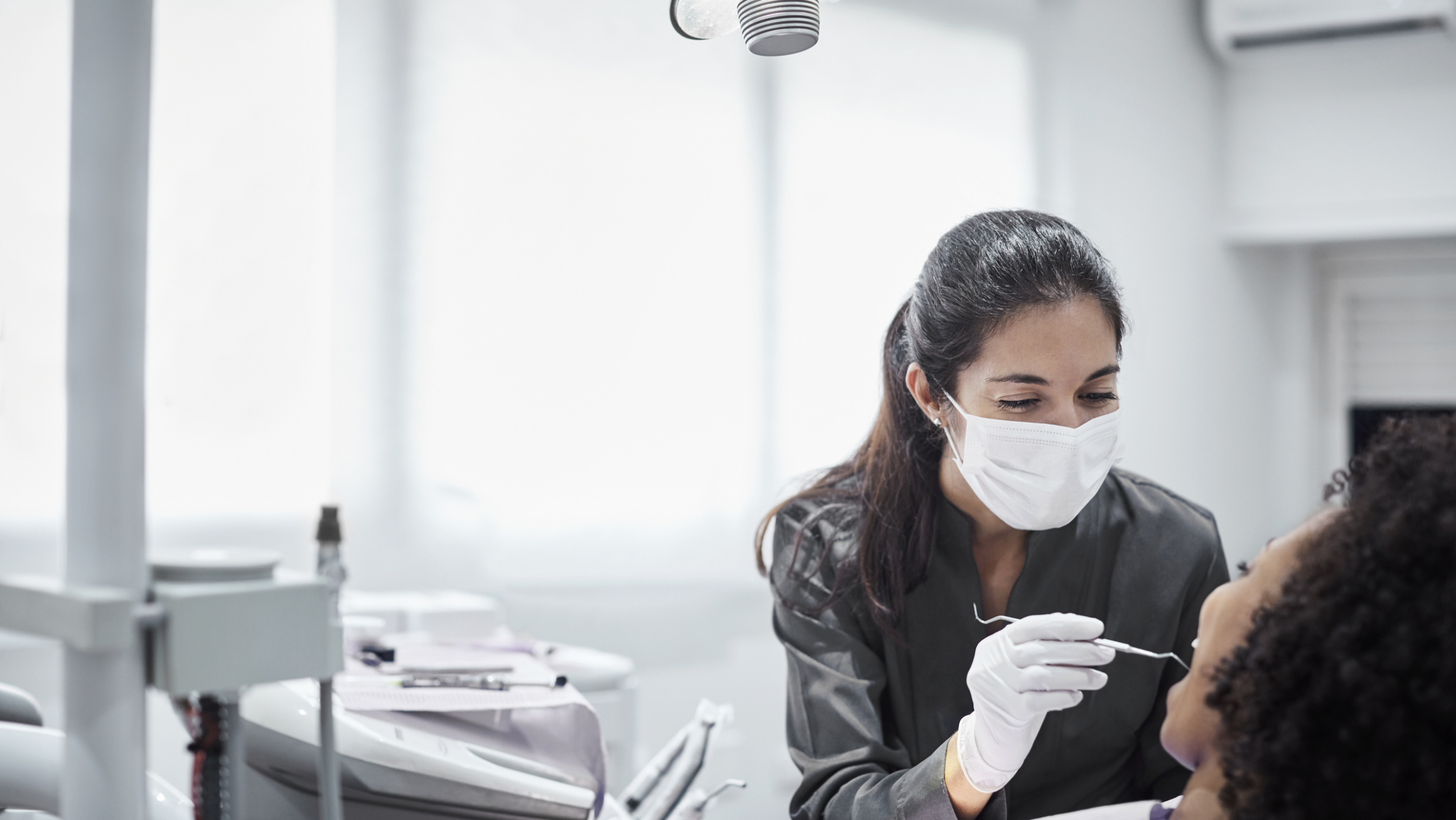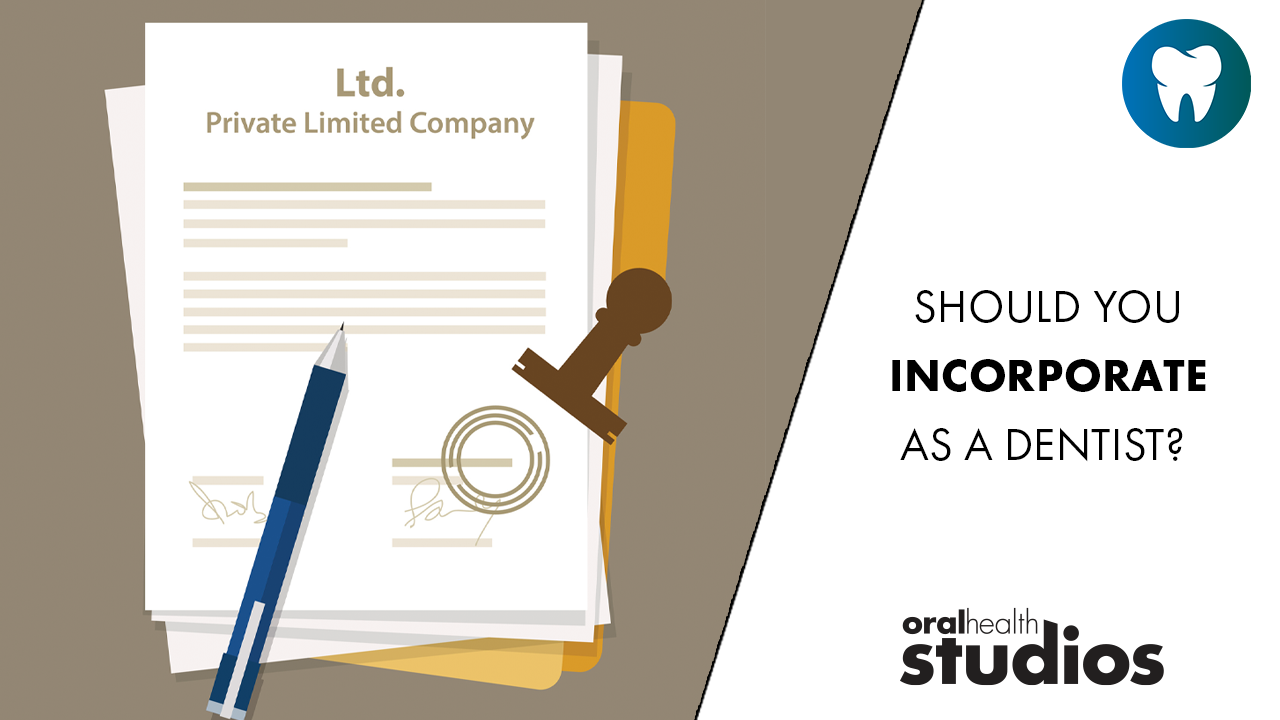
As oral health professionals, dentists and hygienists often serve as early detectors of health conditions that go beyond the teeth and gums. While the connection between oral and systemic health is well-documented, hearing health is a lesser-known yet equally important aspect of patient care. Early signs of hearing loss can surface during dental visits, and recognizing these signs can significantly enhance patient outcomes.
This article explores how dental professionals can identify potential hearing loss in patients, why it matters for their care, and how proactive collaboration with hearing healthcare professionals can make a meaningful difference.
The Overlap Between Oral and Auditory Health
Oral and auditory health are linked more closely than many realize. Both are affected by systemic conditions such as aging, diabetes, and cardiovascular diseases, which increase the risk of hearing loss and oral health issues.
Inflammation is a key factor connecting these two systems. Chronic periodontal inflammation, for instance, can contribute to systemic inflammation, which has been implicated in auditory nerve damage and hearing issues. Similarly, hearing loss may be associated with reduced blood flow due to cardiovascular problems, a risk also shared with periodontal disease.
By understanding these shared risk factors, dental professionals can view hearing loss as part of the broader health picture.
Recognizing Hearing Loss During Dental Visits
Dental appointments provide a unique opportunity to notice signs of hearing loss, particularly during patient interactions and procedures. Some common cues include:
- Patients struggling to follow conversations or frequently asking for repetitions.
- Difficulty understanding instructions when background noise is present, such as the hum of dental equipment.
- Speaking unusually loudly, which may indicate difficulty hearing their own voice.
During dental procedures, patients with hearing loss might show sensitivity to the high-pitched noise of ultrasonic tools or rely heavily on visual cues to understand instructions. Another telltale sign is tinnitus—ringing or buzzing in the ears—which is a common symptom of hearing loss.
When patients report symptoms like tinnitus, dental professionals can recommend trusted resources like HearingLife’s tinnitus information page to provide further guidance.
Why Early Identification Matters for Oral Health Professionals
For dental professionals, identifying hearing loss is not just about improving communication during appointments—it’s about enhancing overall care. Untreated hearing loss can hinder patients’ ability to understand oral hygiene instructions or engage in discussions about their treatment plans.
Additionally, hearing loss can lead to broader health concerns, such as social isolation, depression, and balance issues, all of which may indirectly affect a patient’s ability to maintain their oral health. Early intervention, such as recommending a hearing test or a consultation with a hearing healthcare professional, ensures that patients receive comprehensive care.
Collaborative Patient Care: Bridging Dental and Hearing Health
A team-based approach is essential for holistic patient care. By integrating basic hearing health screening questions during patient intake, oral health professionals can create an additional layer of preventive care. Questions like “Do you experience difficulty hearing conversations?” or “Do you notice ringing in your ears?” can be simple yet powerful tools to open up this dialogue.
Cross-referrals are another effective strategy. For example, if a patient exhibits signs of hearing loss, dental professionals can recommend trusted hearing healthcare professionals to ensure patients receive a thorough evaluation.
Proactive collaboration between oral and hearing health providers can lead to better outcomes for patients and strengthen trust in the care process.
Practical Steps for Dental Professionals to Address Hearing Loss in Patients
Taking an active role in addressing potential hearing loss doesn’t require extensive training in audiology—it starts with small, practical steps integrated into routine dental care. By incorporating hearing health considerations into their practice, dental professionals can enhance their patients’ overall well-being.
1. Enhance Communication Techniques
Clear communication is essential, particularly for patients with hearing challenges. Dental professionals can adopt strategies such as maintaining eye contact during conversations, speaking slowly and clearly, and reducing background noise when possible. For instance, turning off or minimizing the sound of dental equipment during explanations can make it easier for patients to follow instructions. Additionally, written instructions or visual aids can complement verbal communication, ensuring the patient fully understands their treatment plan.
2. Incorporate Hearing-Related Questions into Patient Intake
Including a few targeted questions about hearing health in patient intake forms can open the door to valuable conversations. Questions like “Have you noticed difficulty hearing in noisy environments?” or “Do you experience ringing or buzzing in your ears?” can help identify patients who might benefit from further evaluation. This proactive approach also demonstrates a commitment to holistic care.
3. Establish a Referral Network
Building partnerships with local audiologists or hearing healthcare professionals creates a seamless pathway for patients needing further evaluation. Maintaining a list of trusted professionals allows dental teams to confidently refer patients while enhancing collaboration between oral and hearing health providers.
By implementing these simple yet impactful steps, dental professionals can make a tangible difference in the lives of their patients, ensuring they receive comprehensive care that extends beyond oral health.
Closing Thoughts: A Sound Investment in Patient Care
As gatekeepers of overall health, oral health professionals are uniquely positioned to identify and address the early signs of hearing loss. By recognizing the connection between oral and auditory health, dental teams can provide an even more comprehensive level of care.
Encouraging patients to take proactive steps—such as exploring HearingLife’s online hearing test—can further empower them to prioritize their hearing health alongside their oral health. Together, dental and hearing professionals can help patients achieve a healthier future.
About the Author

Katie Koebel, M.Cl.Sc., is the Senior Manager of Audiology at HearingLife, Canada’s largest group of hearing centres with over 350 locations across the country. HearingLife clinics use the most advanced hearing aid technology, clinical support, and diagnostic equipment. Katie is an Audiologist registered with CASLPO and has been providing her clients with the best possible hearing health care with HearingLife for over 17 years.
If you’re at high risk of hearing damage, it is advisable to have your hearing checked regularly and advocate for proper hearing protection in your workplace. For more information on different types of hearing loss and education resources, you can visit HearingLife online or at one of our locations across Canada.










